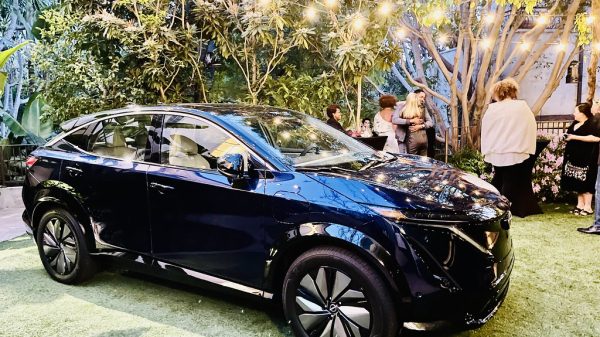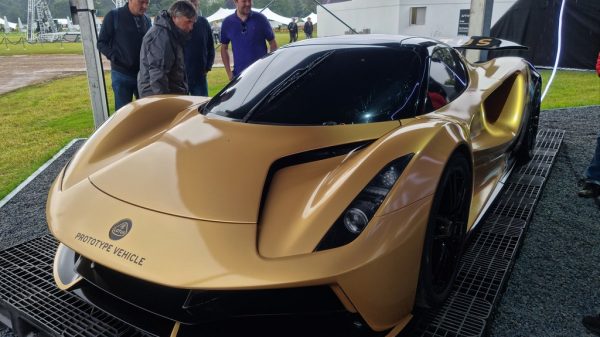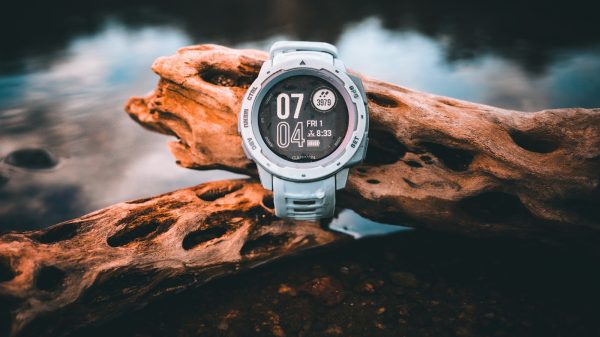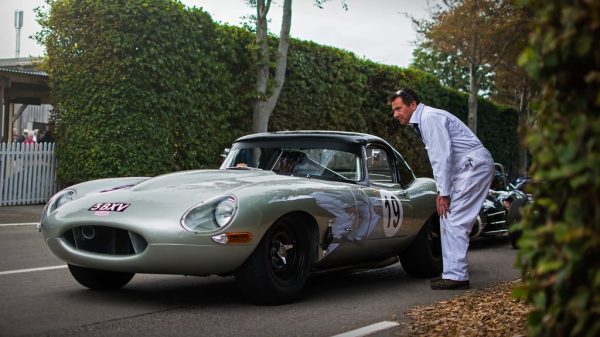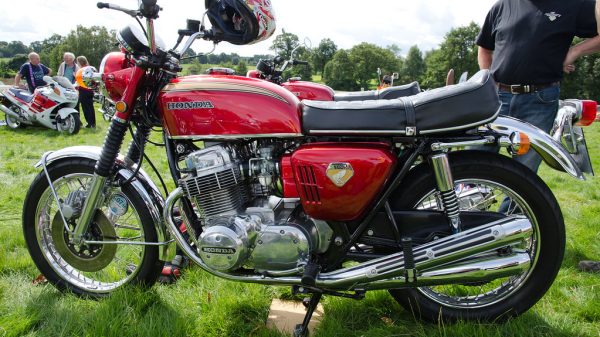Ever wondered why some classic cars skyrocket in value while others don’t? The allure of investing in vintage cars often comes from their unique history and limited availability.
Rarity and Limited Production
Classic cars produced in small quantities are golden tickets for collectors. Think of the Shelby Cobra 427, with only about 348 ever made—scarcity drives their worth through the roof! Limited production cars like these often become investment treasures.
Collectors crave what they can’t easily find.
Avoid the long lines and shop online!
-> Shop the Best Deals on Amazon <-
As an Amazon Associate, we earn from qualifying purchases.
Exclusivity plays a huge role in value. Take the Mercedes-Benz 300SL Gullwing; its unique design and limited numbers make it highly desirable. The rarity of such vehicles creates excitement and competition among buyers, pushing prices higher.
These rare gems can turn ordinary investments into profit-making opportunities.
Investing in collectible cars sometimes beats traditional stocks or bonds due to tangible appeal and history attached to them. Rare classic cars offer not just capital gains but also an emotional connection for owners…
making them priceless assets in any investor’s portfolio.
Historical Significance
Cars with a rich history often command higher prices. Vehicles linked to famous races, like the Ferrari 308 or the Aston Martin DBR1, become true collector’s items. Paul Newman drove some of these iconic cars in epic races, adding immense value simply through his association.
Avoid the long lines and shop online!
-> Shop the Best Deals on Amazon <-
As an Amazon Associate, we earn from qualifying purchases.
Classic automobiles tied to racing achievements or milestones also see a significant boost in their resale value.
Ownership by celebrities enhances a car’s allure and price tag as well. Think about Steve McQueen’s Porsche 911S or Carroll Shelby-designed models—they carry stories that fascinate collectors and drive up demand at auctions like RM Sotheby’s.
Cars from historical moments tell unique tales, making them perfect additions for those looking to diversify their investment portfolio with classic cars.
Avoid the long lines and shop online!
-> Shop the Best Deals on Amazon <-
As an Amazon Associate, we earn from qualifying purchases.
Condition and Originality
Condition plays a huge role in a classic car’s value. Cars in concours condition, which means they are like-new or better, fetch the highest prices. Even small blemishes can lower the value significantly.
Regular maintenance is key to preserving a car’s condition over time.
Originality matters too. A vintage car with all its original parts is much more desirable than one with replacements or modifications. Collectors seek cars that capture their historical essence without modern updates.
Documentation helps here—service records and ownership history show how well the car has been cared for and if it remains true to its original state.
Expert appraisers use these documents along with market comparables to assess both condition and originality of classic cars accurately. Professional assessments ensure buyers know what they’re getting into before making an investment.
Buyers trust in this process as it minimizes risk, maximizing return on investment opportunities by ensuring purchases meet high standards of authenticity.
Brand and Model Reputation
The reputation of a car’s brand and model can greatly influence its value. Ferraris, for instance, are highly prized in the classic car market. A 1962 Ferrari 250 GTO was sold by Bonhams for an astounding $38.1 million in 2014.
Just four years later, another Ferrari 250 GTO fetched $48.4 million at Sotheby’s auction – an impressive leap in value! These sales show how strong brand recognition and historical performance can boost a car’s desirability.
Certain brands have become synonymous with quality and prestige over time. BMW models like the BMW 507 and Mercedes-Benz cars such as the Mercedes-Benz 300 SL often attract serious collectors.
The unique gull-wing doors of the Mercedes-Benz 300 SL make it particularly iconic and sought after. Market places like RM Sotheby’s frequently feature these high-end models because they’re expected to draw big bids from enthusiasts who appreciate their legacy and craftsmanship.
Investing in well-known brands also often means less risk compared to lesser-known names since their value tends to be more stable – even during economic shifts or changes in exchange rates.
Classic car insurance is another crucial consideration; vehicles from respected brands usually secure better terms due to their established reliability and enduring appeal, making them safer investments overall.
Design and Aesthetic Appeal
Cars from the past often boast timeless elegance and charm. Their curves, lines, and unique details set them apart. A Ferrari Dino 246 GT or GTS stands as a prime example—both models captivate with their sleek design and powerful presence.
People love these cars not just for their performance but also for how they look… so cool! Brands like Mercedes-Benz are icons of style and sophistication—always turning heads.
Many classic cars were produced in limited numbers, making each one special. They evoke feelings of nostalgia, symbolizing rebellion, freedom, and undeniable style. Imagine cruising down the road in a stylish supercar; it’s more than just driving—it’s an experience that brings joy to many collectors’ hearts! These vehicles defy time with their innovative designs that remain appealing through decades.
Provenance and Ownership History
A car’s provenance includes its entire history from creation to now. This can greatly affect its value. For example, a 1974 Ferrari Dino 246 GT once sold for $14,500 but now fetches an average price of $48,000.
Another model, the Ferrari 308 GT4 Dino, is listed at $340,000 today. These numbers show how valuable a well-documented history can be.
Ownership by famous figures or appearances in media can also boost a car’s worth. Detailed research helps confirm these claims and often involves personal memories, family photos, interviews, and manufacturer records.
Always verify seller statements on ownership using reliable sources before making any decisions… this step protects your investment!
Supplementary Insights on Classic Car Investment
Investing in classic cars isn’t just fun; it’s also a smart way to grow your money. But, there are some things you need to watch out for… like unexpected costs and maintenance.
Classic car values can be affected by many factors, including market trends and the reputation of the model. Some cars require more upkeep than others, which means higher expenses over time.
New investors might feel overwhelmed when buying their first classic car. Start with models that have a good track record and quality parts.
Avoid jumping on every trend; stay informed about what makes certain cars valuable. Talking to experts can help you make better choices and avoid costly mistakes.
Common Risks and Pitfalls
Classic car investments can be unpredictable. For example, in the 1980s, Ferrari prices soared due to wealthy Japanese buyers. Yet, this bubble burst when they stopped buying. Market values fluctuate based on trends and external factors like inflation and capital gains tax changes.
High-end car collecting also comes with significant carrying costs—insurance alone can be steep.
Maintaining classic cars isn’t cheap either. Parts for a Mercedes Benz or other supercars are rare and pricey. Regular upkeep can run into thousands of dollars annually. Buyers must understand these risks before diving into the historic automobile market to avoid financial pitfalls and ensure their investment remains profitable over time….
Extra Costs and Maintenance
Restoring a classic car to top condition can cost as much as the purchase price itself. For example, bringing a seven-figure car up to concours standard often requires another seven figures…
ouch! These costs include specialized mechanics and rare parts, which can be very expensive. And don’t forget the ongoing fees for storage and insurance—these aren’t your average expenses.
Beyond restoration, owning a classic car means regular upkeep. This may involve monthly maintenance checks from skilled professionals familiar with these unique machines. Plus, sourcing original parts sometimes feels like hunting for treasure! Insurance isn’t just about protecting your investment but also adds an extra layer of security against unforeseen events.
Keep all these factors in mind before diving into this exciting hobby!
Tips for First-Time Buyers
Start with proper vetting. Always research the car’s history before you buy it. Avoid impulse buying, no matter how tempting. Check documents, photos, and past repair records to know what you’re getting into.
Consider extra costs like maintenance and insurance. Classic cars need regular care to stay valuable. You might have expenses for restoration or special storage as well. These costs can add up quickly.
Be aware of common risks and pitfalls in classic car investment. The market can be volatile, so never invest more than you can afford to lose. Try joining groups like the Historic Automobile Group International (HAGI) for support and advice from other collectors.
Keep brand reputation in mind when choosing a model to invest in… A strong brand can mean higher profits later on! Cars like the Dino 246 GTS often retain value better because they are iconic models with loyal followings.
Lastly, always think about safety first—both physical and financial! Make smart choices by weighing all factors carefully before making a decision about your classic car investment options.
Classic Car Market Trends
The classic car market has seen impressive growth. Historic Automobile Group International (HAGI) tracks this exciting space, revealing that the HAGI Top Index has shown big gains since December 2008.
Unlike coins and stamps, which have lagged behind, classic cars provide better returns for investors. Hagerty’s classic car index reached a five-year high in December 2021—this data point shows strong enthusiasm among collectors.
Current trends hint at interesting shifts. Newer generations show growing interest in ’70s, ’80s, and even ’90s vehicles… Expect to see more of these newer classics on auction blocks soon! With the housing bubble uncertainties and other speculative markets like securities facing risks—classic cars offer an appealing hedge.
These changes cater to new tastes while maintaining robust investment potential.
Tips for Maximizing Return on Investment
Spending more initially on a vintage car can increase the likelihood of a higher return. Investing in well-maintained cars from reputable brands usually pays off. Research and use resources like Hagerty’s valuation tools to understand market values.
Their Bull Market report identifies vehicles expected to rise in value, guiding wise investments.
Thorough research and due diligence are key before purchasing a classic car. Check the vehicle’s historical significance and condition. Original parts add value, so avoid overly modified models.
Maintenance costs can be high, but keeping the car in top shape is crucial for maximizing ROI. Classic cars often come with hidden expenses, including storage and insurance… make sure to factor these into your investment plan!
Popular Classic Car Models to Consider
The American Viper and Cadillac Eldorado are classic gems that won’t break the bank. Both represent a rich era of automotive history with their distinct styles and robust performance.
The Viper, known for its powerful engine and sleek design, offers a thrilling drive without an exorbitant price tag. On the other hand, the Cadillac Eldorado brings luxury to the table while remaining accessible to collectors on a budget.
High-end European cars like Ferraris or Porsches hold uncertain values due to changing tastes in art markets. Private sales also impact their prices, complicating investments. Despite these fluctuations, certain models have consistently remained popular among enthusiasts—think Porsche 911 or Ferrari F40—which continue to attract attention and command high prices at auctions.
Choosing wisely can make all the difference… ensuring your investment grows over time!



